Arborio rice is usually the top choice for creamy, flavorful risotto dishes, but if you run out of it, don't worry! Other kinds of rice work just as well for making that perfect risotto, and here are some of my best recommendations for alternatives when arborio rice isn't an option.

Jump to:
🌾 Grain Highlights
- You'll learn about other grains like carnaroli, calrose, and baldo, which are great choices for substituting arborio rice. Even if you don't have the usual rice, you can still whip up a tasty risotto.
- Learn about the differences in texture, flavor, and cooking time among alternative grains to select the most suitable one for your dish.
- If you first want to learn more about this type of rice, check out my guide to Arborio rice and how to cook it!
📜 List of 10 Best Arborio Rice Substitutes
Here are some of the top alternatives to arborio rice that'll make your next risotto dish creamy and tasty, just like the original. Each substitute offers its unique texture and flavor, and your cooking will still impress and satisfy everyone at the table!
1. Carnaroli Rice
Carnaroli rice is called the "king of Italian rice" for good reason. It's packed with starch, making it an excellent pick if you're thinking of switching up from arborio rice. It comes from the scenic Po Valley in northern Italy.
Why choose carnaroli for your risotto? Its high starch content is key. As it cooks, it slowly releases it, giving you that creamy texture we all love in a good risotto.
Carnaroli rice works wonders in creamy soups and is fantastic next to a hearty stew, so try it out in different recipes!

2. Vialone Nano Rice
Vialone nano is from the Veneto region of Italy and has a medium-high starch content, making it another great stand-in for arborio.
To get the best results with Vthis Italian rice, you should stir constantly and gradually add hot broth.
This helps release the starches slowly and evenly, resulting in a silky, creamy texture. It pairs perfectly with seafood risotto and other dishes where you want the main ingredients to shine.
3. Bomba Rice
Bomba rice, or Valencia rice, is rich in starch and perfect for creamy recipes. When you cook it properly, it turns out incredibly creamy, much like Arborio rice. Its knack for soaking up flavors while keeping its texture makes it ideal for a smooth risotto.
To achieve the creamy feel you get with Arborio, you have to stir the bomba rice softly but steadily as it cooks.
Try using a rich broth and adding butter and Parmesan towards the end to really amp up the creaminess! Check out this article to learn how to cook bomba rice perfectly each time.

4. Calrose Rice
Calrose rice, a medium-grain variety often found in American kitchens, works great as an arborio substitute. Its starch content is just right for achieving the creamy texture we enjoy in risotto.
The trick is to let the starch come out slowly, making the texture even smoother. Plus, it's easy to find in most stores, which is handy!
For really creamy results, use a wide pan when cooking calrose rice. It helps more water evaporate, making the dish creamier. Throwing in some heavy cream or mascarpone cheese at the end can also boost the dish's richness and creaminess, which pair great with mushrooms.
5. Koshihikari Rice
Koshihikari rice, a premium short-grain variety, has just the right amount of starch for creamy dishes without turning mushy. It's famous for its sweet taste and sticky texture.
While it's typically used for sushi, don't overlook it as a substitute for arborio. Its high starch content allows it to absorb liquids beautifully, resulting in a creamy risotto that's on par with dishes made with arborio rice. It keeps its shape but still lets out starch, ensuring a smooth and rich texture.
Keep in mind that koshihikari rice may require slightly less cooking time than arborio, so be sure to adjust accordingly. Adding butter and a good amount of Parmesan at the end will make the dish even creamier and more delicious.

6. Baldo Rice
Baldo is an Italian medium-grain rice that stands toe-to-toe with arborio when making creamy risotto. It strikes a perfect balance between starchiness and firmness, delivering a risotto that's creamy with a bit of bite...perfect!
Baldo rice is great at picking up flavors and slowly releasing starch while cooking, giving you a rich and smooth dish. If you're on the hunt for something that nails the creamy texture of arborio rice, it's a solid pick.
7. Pearl Rice
Pearl rice, also known as Japanese sushi rice or pudding rice, has a high starch content, making it another excellent alternative to arborio.
It's polished to remove the outer bran layer, resulting in a white, polished appearance. It might not get as creamy as arborio, but with the right touch, pearl rice comes close, giving you a dish that's smooth and velvety.
Make sure to rinse pearl rice first to reduce stickiness. Cooking it with a good amount of water or broth and stirring frequently helps bring out its creamy side. If you're using it instead of Arborio, remember to tweak how long you cook it and how much liquid you use. Rinsing it first is key to getting rid of that extra starch.

8. Calasparra Rice
Calasparra rice, a short-grain type native to the region of Murcia, Spain, works great for paella, just like arborio. It soaks up liquid but keeps its firmness, which is exactly what you want.
It's prized for its ability to absorb flavors without becoming mushy. If you're swapping Calasparra for Arborio, you'll need to tweak how long you cook it and how much liquid you use, depending on your recipe and how you like your rice.
9. Acquerello Rice
For a premium option, consider using Acquerello rice, an Italian variety known for its special aging process that enhances its flavor and texture.
Like arborio, it gets creamy as it cooks, but aging adds a special flavor kick, making it perfect for risotto or any creamy rice dish. Just ensure you don't overdo the cooking; you want it creamy but with a bit of bite.
Acquerello rice is an excellent choice for any dish that calls for arborio, including risotto, rice pudding, or rice pilaf.
10. Pearled Barley
If you're looking for a non-rice alternative, pearled barley can be a suitable substitute. Although it's not a rice variety, pearled barley offers a chewy texture and nutty flavor, making it a good choice for dishes like barley risotto.
This mustn't be confused with orzo pasta, as the word orzo means barley in Italian, but they are not the same.
Based on information from the Whole Grains Council, pearled barley is a distinct version of barley that has been processed to remove its outer hull and bran. It's called "pearled" because the process gives the grains a polished, pearl-like appearance.
Always rinse pearled barley before you cook it to get rid of any dirt and extra starch. Remember, it takes longer to cook and needs more water than arborio rice, so tweak your recipe as needed.
It works wonders with roasted vegetables, mushrooms, and creamy sauces.
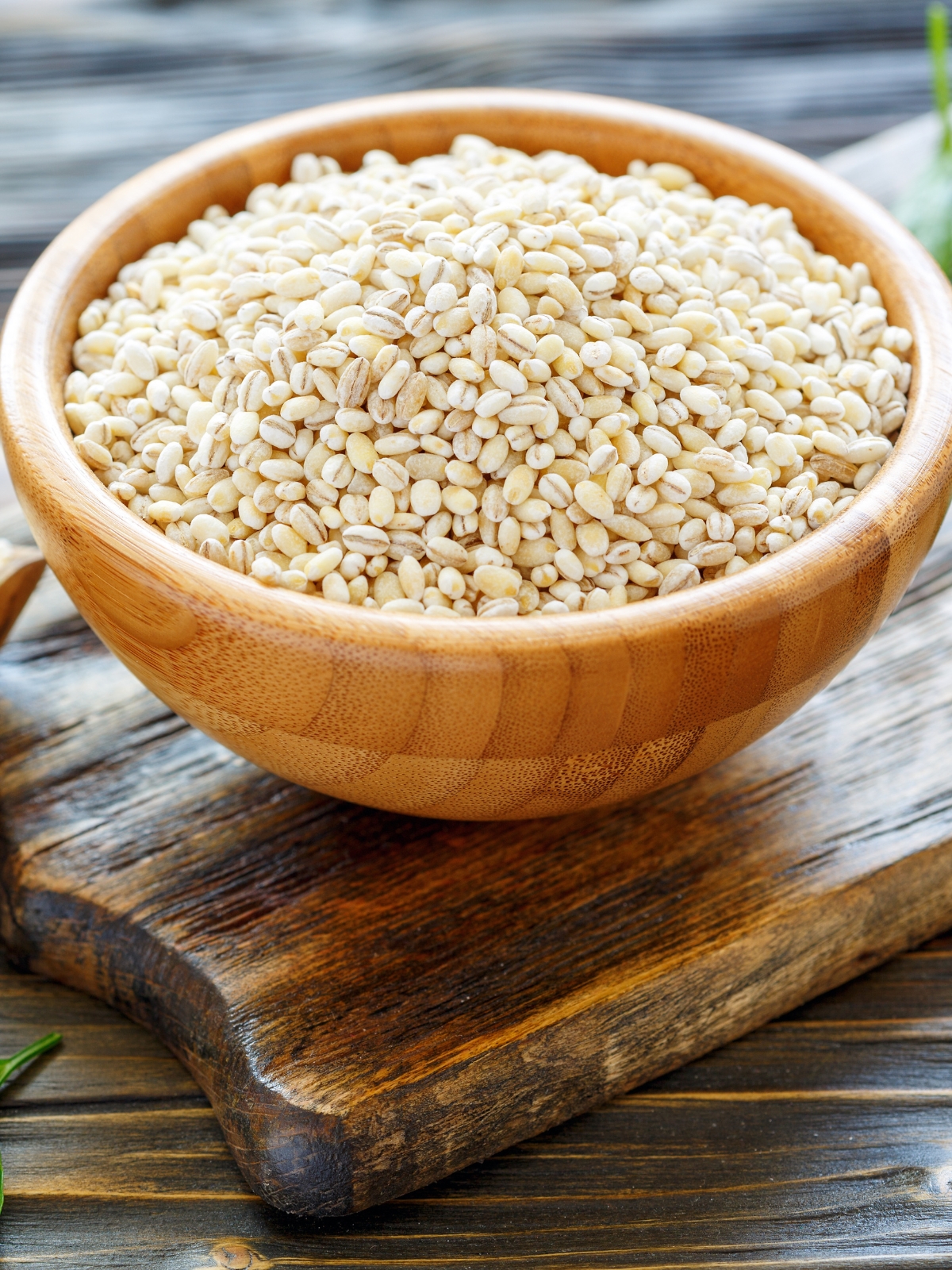
🙋♀️ People Also Ask [FAQs]
Not all rice varieties can substitute arborio rice due to differences in grain size, starch content, and texture. Suitable alternatives include Carnaroli and Vialone Nano rice. However, long-grain rice varieties like Jasmine and Basmati rice, or brown rice, should be avoided as they lack the necessary starch to achieve the creamy consistency typical of dishes made with arborio rice.
Yes, you can use regular white rice as a substitute. However, it won't yield the same creamy texture due to its lower starch content. For best results, opt for short-grain rice varieties as they are closer in texture to arborio rice.
Yes, adjustments may be necessary depending on the substitute you're using. For example, pearled barley and Calasparra rice may require more stirring to release their starches. Acquerello rice, on the other hand, can be cooked similarly to arborio rice.

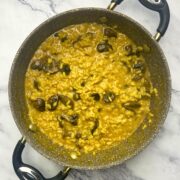

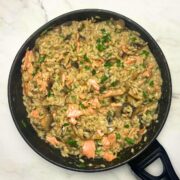
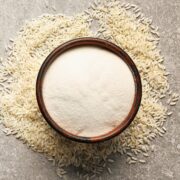
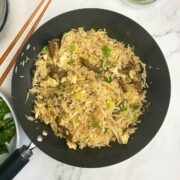

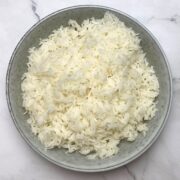



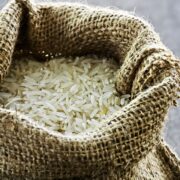


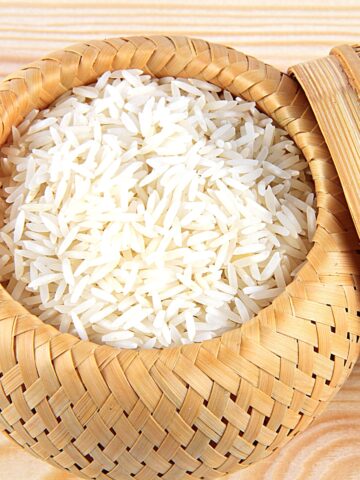
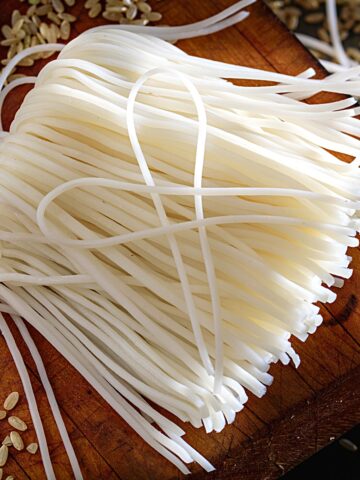

Leave a Comment